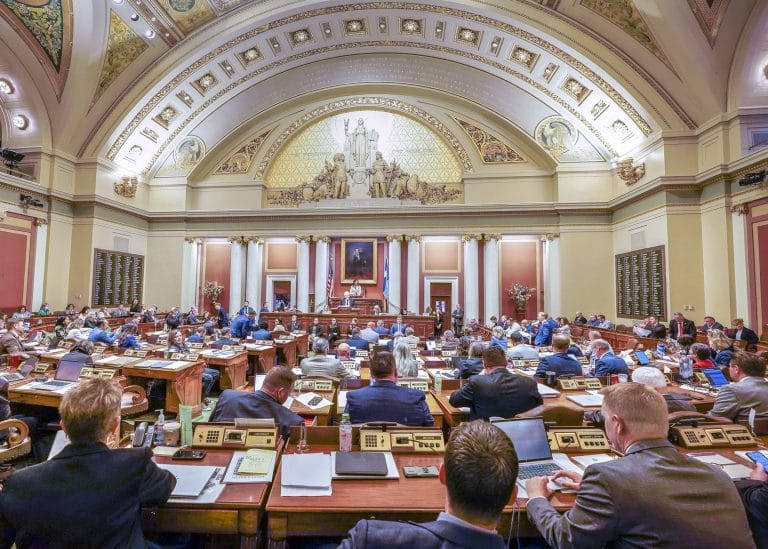🎧 Listen to This Article
In a spirited special session on June 9, the Minnesota House of Representatives passed a sweeping omnibus tax bill (SSHF9), introducing significant changes to increase state revenue, including higher taxes on cannabis sales and data center electricity consumption. The bill now heads to the Senate for consideration.
Cannabis Tax Increase Drives Revenue Boost
The legislation’s centerpiece is a 50% hike in the cannabis gross receipts tax from 10% to 15% alongside the repeal of local government cannabis aid programs. The state’s Revenue Department estimates this move will generate approximately $76.5 million in additional revenue over the next biennium (2026-27).
This increase forms the bulk of the $118 million in new revenue or spending cuts required by a bipartisan agreement between Governor Tim Walz and legislative leaders to balance the state budget.
However, not all lawmakers agree on this approach. Rep. Nolan West (R-Blaine) cautioned, “The increase in the cannabis tax is not a good idea for a market that’s just getting started,” highlighting concerns about the impact on the nascent cannabis industry.
New Taxes on Data Centers and Sales
Another primary revenue source comes from eliminating tax exemptions for electricity use by data centers, which have so far enjoyed no taxes on electricity or equipment purchases. Taxing their electricity consumption is expected to bring in $56.25 million in the 2026-27 period, signaling a shift in how Minnesota treats its rapidly expanding tech infrastructure.
In addition, the bill reintroduces accelerated sales tax payments for large retailers starting June 2027 at a 5.6% rate, projected to increase revenues by $22.82 million.
A Notable Tax Cut
Despite the new levies, the bill also includes a significant tax relief measure: the state’s research and development tax credit will become partially refundable, with rates of 19.2% in 2025 and 25% in 2026-27. This provision aims to reduce the tax burden on Minnesota businesses by an estimated $40.3 million during the next biennium, fostering innovation and economic growth.
Policy Changes and Local Government Aid
Contrary to some expectations, the bill does not cut local government aid or county program aid, Rep. Greg Davids (R-Preston) affirmed. Instead, it preserves funding levels while meeting state budget targets through the new tax measures.
Other policy provisions include expanded agricultural property tax classifications, extended tax increment financing authority for multiple cities, consumer protection funds, and limits on the sustainable aviation fuels sales tax exemption.
Lawmakers React
The legislation has elicited mixed reactions, reflecting the challenge of balancing competing interests.
“While I don’t believe that this bill does enough to help people, I’m sure that my colleagues across the aisle believe that it doesn’t help corporations enough,” said Rep. Esther Agbaje (DFL-Mpls), highlighting the compromises inherent in tax policymaking.
Rep. Aisha Gomez (DFL-Mpls), co-chair of the House Taxes Committee, described the bill as “a way to express our values… a pretty good tax bill” that balances public good with fiscal responsibility.
Looking Ahead
With a looming deficit projected for the 2028-29 biennium, Minnesota lawmakers have tasked a working group to identify additional revenue sources, targeting $190 million. Proposals include further cannabis tax increases, expanded data center electricity taxation, and reductions in specific environmental aid programs.
As the bill moves to the Senate, stakeholders across the business, cannabis, and tech sectors will watch closely. The outcomes will shape Minnesota’s fiscal landscape and set precedents for balancing innovation, industry growth, and public revenues.
For further details, clarification, contributions, or any concerns regarding this article, please contact us at editorial@tax.news. We value your feedback and are committed to providing accurate and timely information. Please note that our privacy policy will handle all inquiries.



